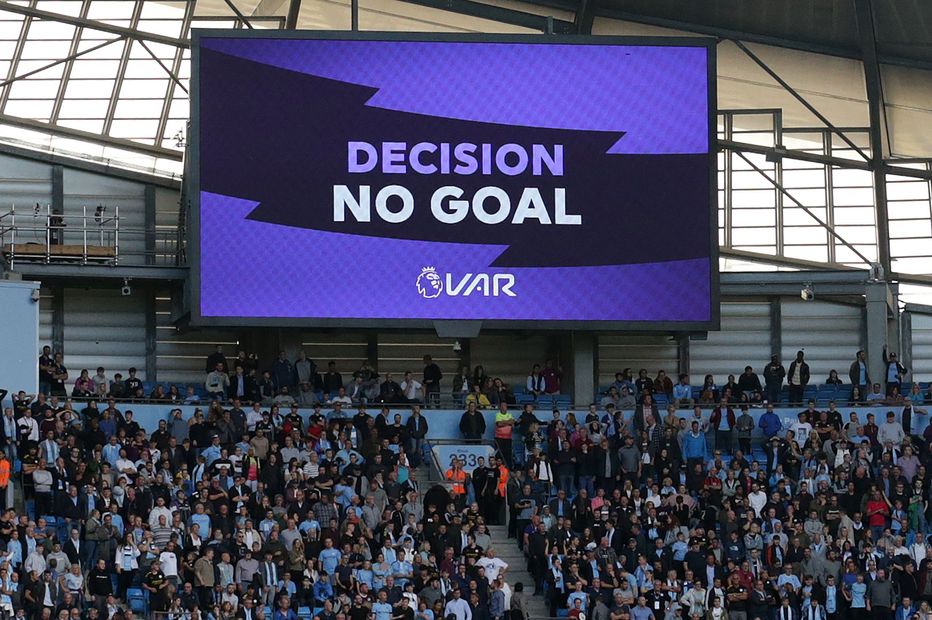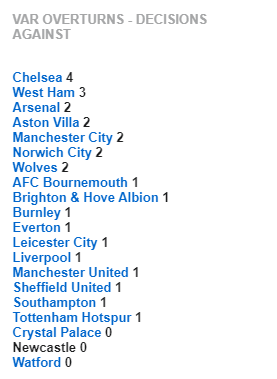
If it ain’t broke, down fix is credited to Bert Lance – American businessman who served as director of the Office of Management and Budget under President Jimmy Carter in 1977. He was quoted saying it in the May 1977 issue of the magazine Nation’s Business. The expression became widespread, and William Safire wrote that it “has become a source of inspiration to anti-activists”. Is football broken or was football broken before the introduction of VAR? I do not think so but with the stakes getting higher by the minute, the authorities and stakeholders decided to introduce video assistant referee with the objective of operating with “minimal interference and providing maximum benefit”. The VAR system would seek to provide a way for “clear and obvious errors” and “serious missed incidents” to be corrected. Has that been the case since its introduction?
For starters, there are four categories of decisions that can be reviewed: Goal/No Goal, Penalty/No Penalty, Direct Red Card and Mistaken Identity in awarding either yellow or red cards.
VAR was adopted into mainstream European football in the 2017-18 season by the German Bundesliga and the Italian Serie A. It was approved for the 2018 FIFA World Cup and was used extensively during the Mundial. According to FIFA, the VAR system had a success rate of 99.3 percent, up from the 95 percent of correct calls by referees without VAR. The Spanish LaLiga joined the party in 2018-19 season and UEFA adopted it from the knockout phase of the 2018-19 Champions League campaign. At the start of 2019-20 season, the English Premier League embraced the technology. The league’s all-time leading scorer, Alan Shearer – one of the promoters explained how it was supposed to work, view link – https://twitter.com/BBCSport/status/1159711653325365248 but what we have witnessed from officials in the week 11 old Premier League season has almost brought VAR to its knees. At the end of last weekend round of matches, 27 goals or incidents have been directly affected by the video referee. All the teams except Newcastle United have experienced an overturn.

With the controversies gathering momentum, the Premier League managers will meet with Mike Riley – manager of the Professional Game Match Officials Limited (PGMOL), on Thursday to discuss the video assistant referee (VAR) system. Thursday meeting will include discussion on whether match officials should be allowed to consult pitchside monitors. Referees in all other competitions that currently use the VAR system are allowed to consult these monitors but those taking charge of Premier League matches are not. The decision will be made based on agreement from majority of managers and clubs.

It is interesting that the referee is the person responsible for enforcing the Laws of the Game (LOTG) during an association football match. VAR has only been brought it to assist them but allowing the assistants be the arbiter rather than offering help to the referees has made a bit of mockery to the technology introduction. In a recent interview with Match of the Day where he served as one of the pundits, Alan Shearer stressed that VAR was not being used correctly. “I cannot understand why they(referees) refuse to go to the referee review area. What is the point of having pitchside monitors if the referees are never going to use” he said.
Here is my submission; VAR is a welcome idea, useful technology that we need in the game. However, the interpretation of the game laws has been too inconsistent by the officials. It raises the question on whether many of the officials truly understand the laws of the game or it is just that human factor that says we cannot get near perfection regardless of the help that has been brought it through technology. I am pro VAR but it is time it starts doing the job of providing more answers than questions.
Please use the comment section beneath to share your thoughts.